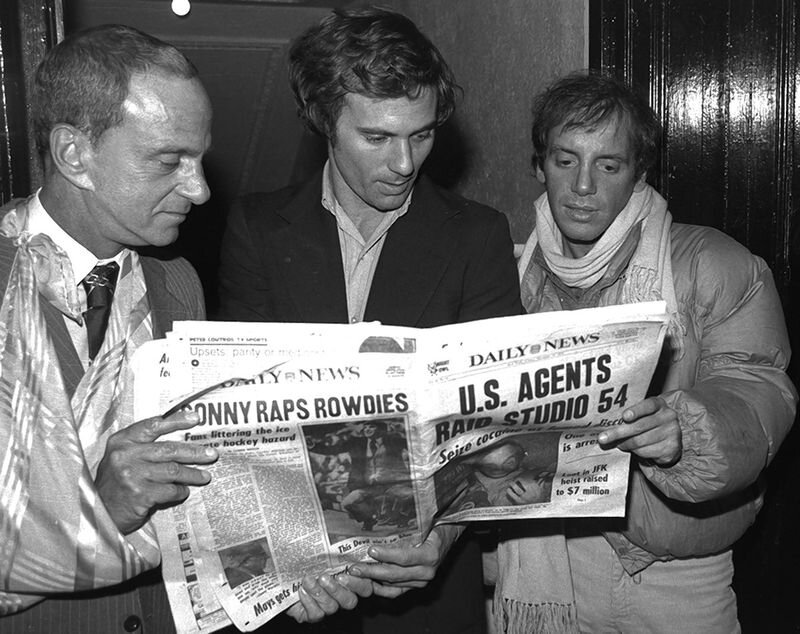A Nightlife Fantasy: A Love Letter to Studio 54
In the grand scheme of things, my experience and relative age have hardly scratched the surface of nightlife in New York City. Having lived here for five years, I’ve seen clubs come and go, favorite spots turn commercial, and with COVID-19 seen a New York that is reminiscent of the ‘70s - desolate, dangerous, and graffiti-littered. I remember sneaking into clubs before I was of-age and bypassing bouncers at more underground spots in LES & Chinatown. Growing up in suburban Texas I had never experienced the raw energy that New York nightlife is known for. There’s nothing like the feeling of being approved by the gatekeepers to enter their dreamland of disco balls and overpriced drinks. Walking past the velvet rope, bypassing the hopeful patrons who are dropping any name they can with hopes to enter this world. Walking up or down the stairs or through a corridor and just hearing the pounding of the music with the laughter and joyous release from those who occupy the space. Opening the door to reveal the pure ecstasy packed inside, ready to smack you in the face and I’m instantly overwhelmed with a rush of life. For me, this was something that I immediately knew I wanted to be a part of - so much so that I eventually began hosting parties at Ian Schrager’s Public Hotel regularly this past year before COVID-19 dismantled most nightlife businesses throughout the world.
The lifestyle and energy, while new to me, wasn’t new completely, it was created nearly a half-century ago by two men who pioneered the way nightclubs are now run, designed, and the entire culture around nightlife. Those two men are Steve Rubell and Ian Schrager.
Steve Rubell & Ian Schrager
Rubell and Schrager were both born in Brooklyn to middle-class Jewish-American families and both attended Syracuse University. During their tenure in college, they became close over their shared ambitions as entrepreneurs. In the ‘70s, when Rubble and Schrager began to hone their vision for what would eventually become Studio 54, New York was a very different city than the one most know today (at least pre-COVID). The city was considered so undesirable that President Ford was quoted as saying “Drop Dead” to New York City. It was a time of great change and shifting cultural dynamics. It was a time between the invention of birth control and the AIDS epidemic. New Yorkers weren’t only enduring a cultural shift but also a sexual revolution. The gay communities in downtown Manhattan helped give birth to disco. Schrager and Rubell attended multiple gay clubs to see how their innovation and freedom were expressed and found inspiration for their nightclub venture and embraced the flourishment of multiple subcultures on a commercial scale that had never been seen before.
Studio 54 (1977-1979)
West 54th Street in 1977 was one of the most undesirable places in the city - definitely not what you would consider an ideal place for a world-renowned nightclub. 254 W 54th St. was originally opened in 1927 as an Opera theatre and became noteworthy in 1942 when CBS purchased the studio for radio and television. Retaining much of the theatrical lighting and stage design, Rubell & Schrager purchased the club in 1977 with the help of financier Jack Dushey. Operating under “Broadway Catering Corp.” Rubell & Schrager opened 54 in just six weeks with a 400,000 renovation on April 26th, 1977. At the same time that Studio opened the birth of the disco era caused an absolute explosion in dancing culture. The same year Studio 54 opened, “Saturday Night Fever” was released in theatres with some of the most well-known disco songs recorded by the Bee Gees. In addition to Disco Fever, gay culture and the subcultures that were responsible for all of the popular nightlife trends finally had a place that embraced them in a commercial setting.
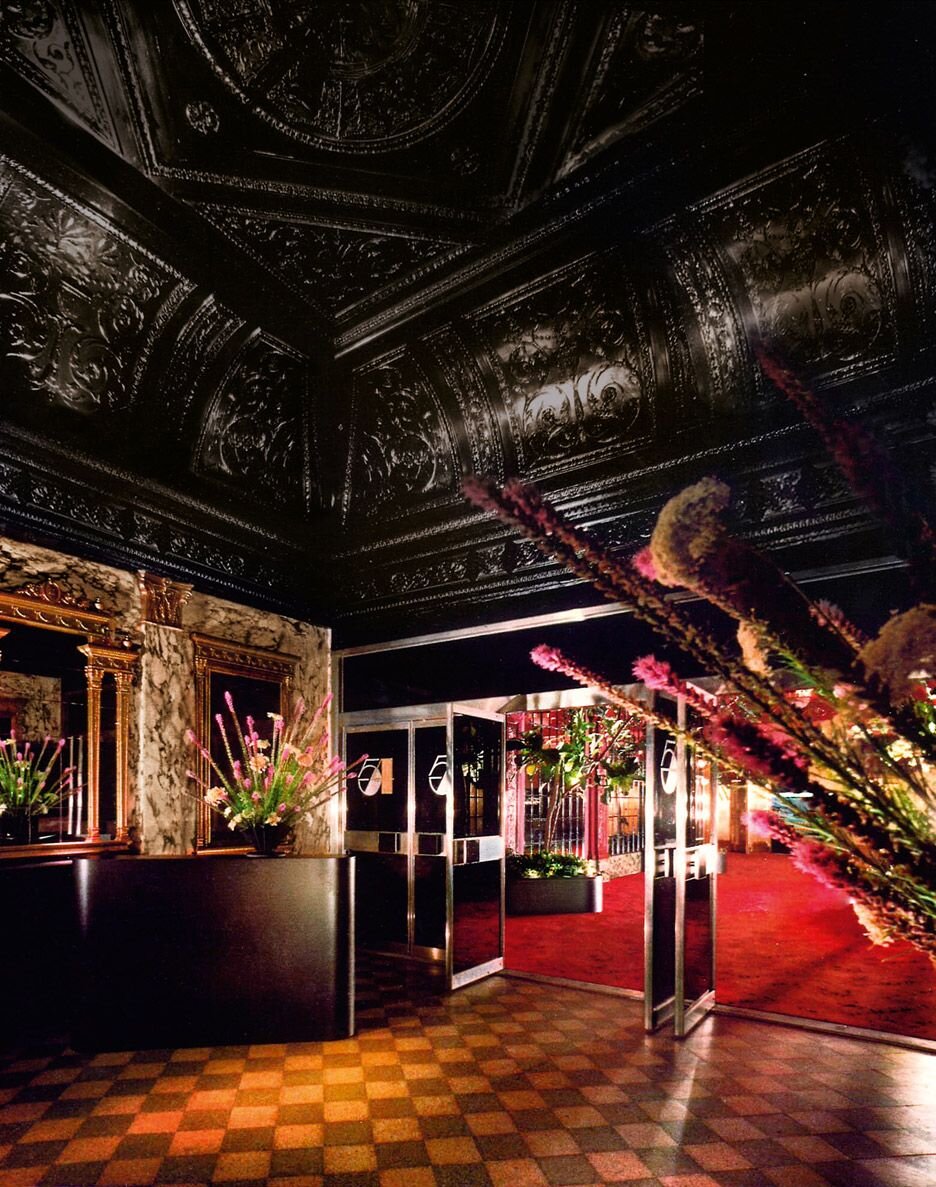



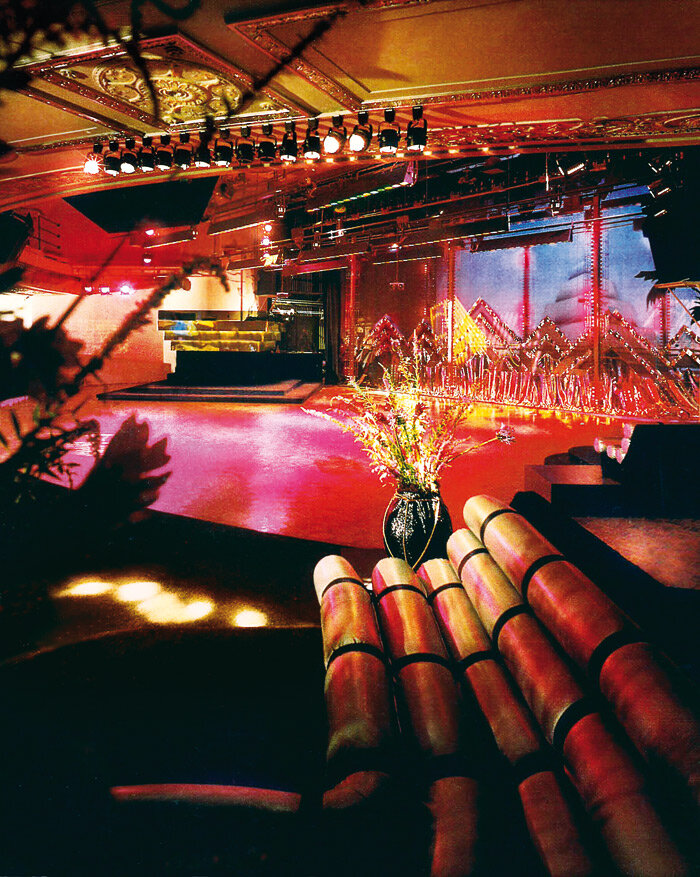
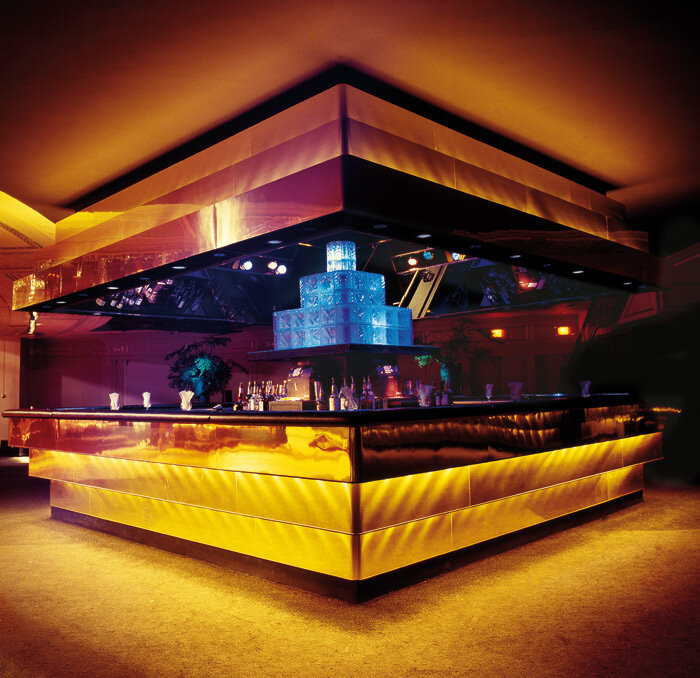
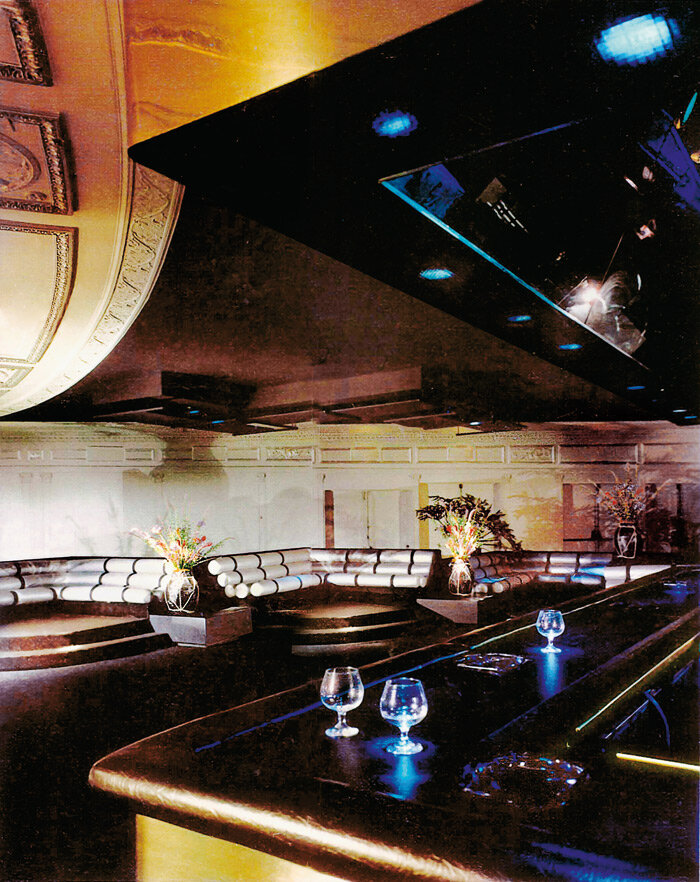
From the very first night that Studio 54 opened, it was an instant success that eventually became a global sensation due to its eclectic selection of those who entered the palace, the immaculate interior design, and the overwhelming sense of freedom (drug use, sexuality, and hedonism) that was found in Studio 54. Once the word was out - Studio began attracting some of the most well-known entertainers, nightlife celebrities, and artists of the era. Studio 54 brought about the “Age of Celebrity” which made the chic disco a household name.
The Age Of Celebrity


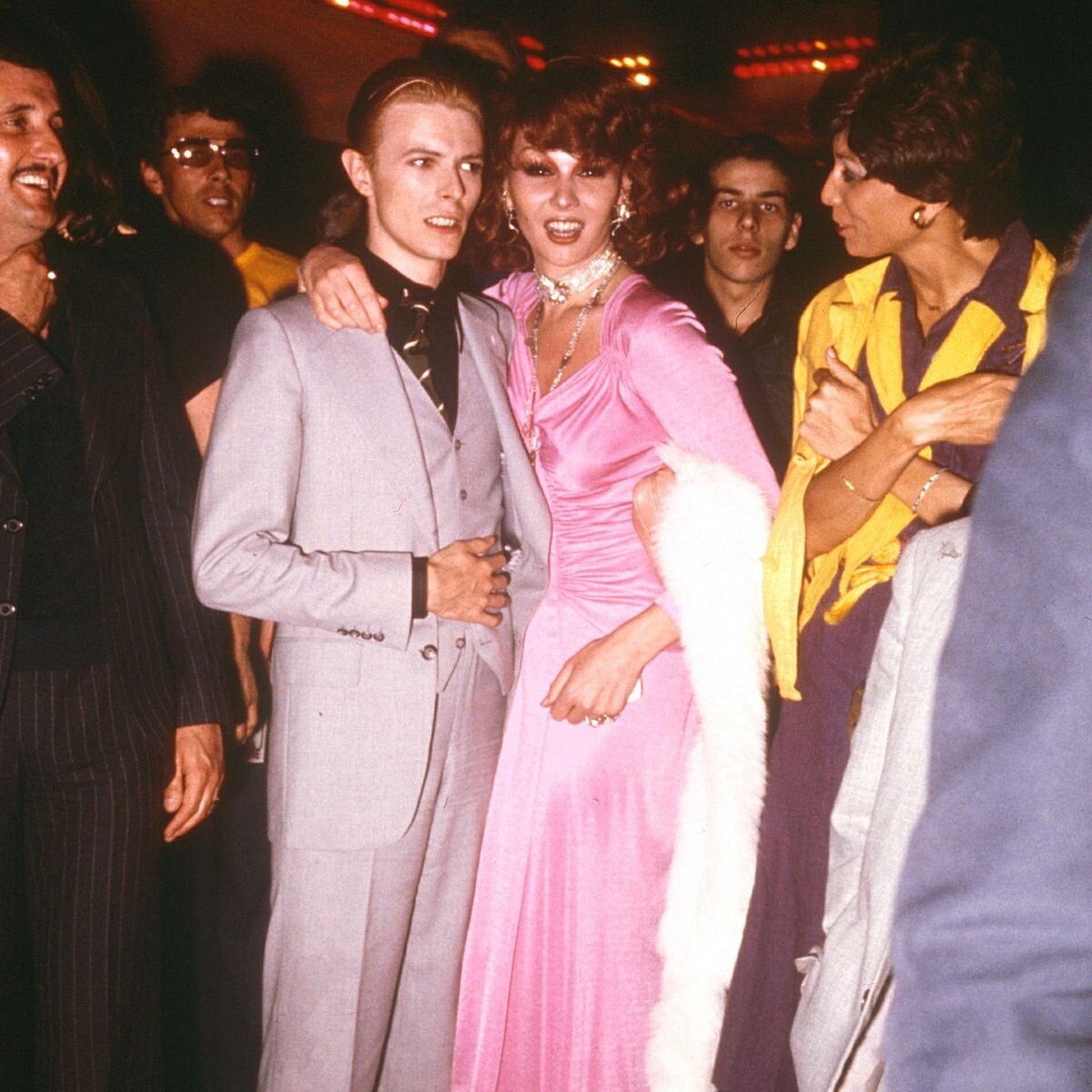


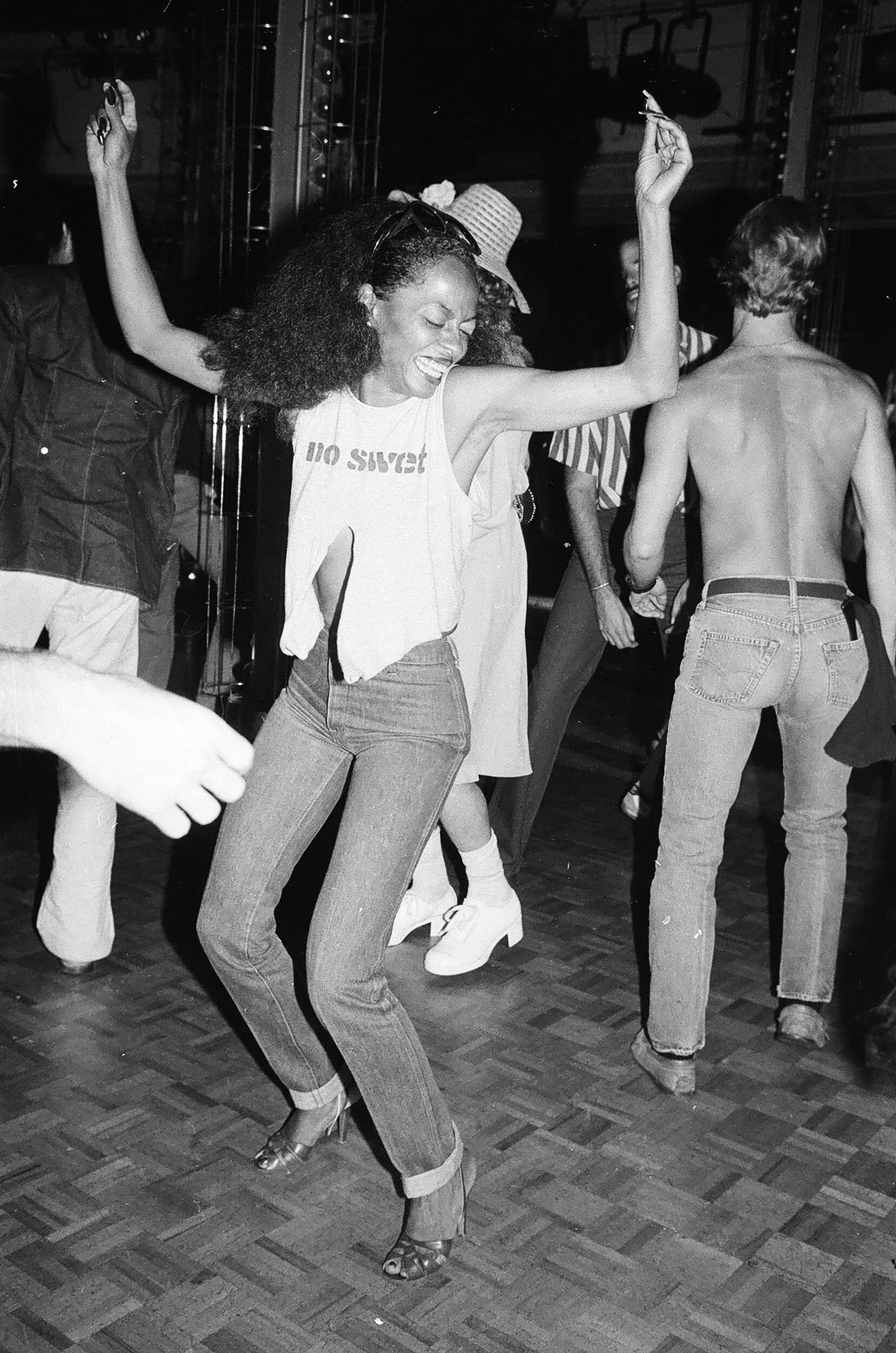
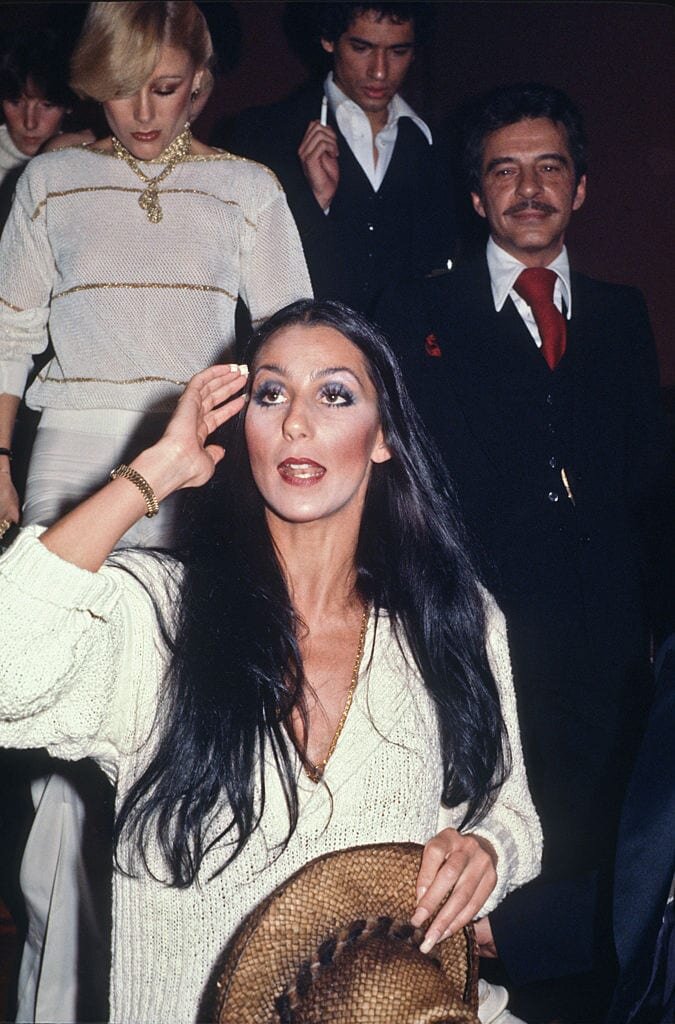
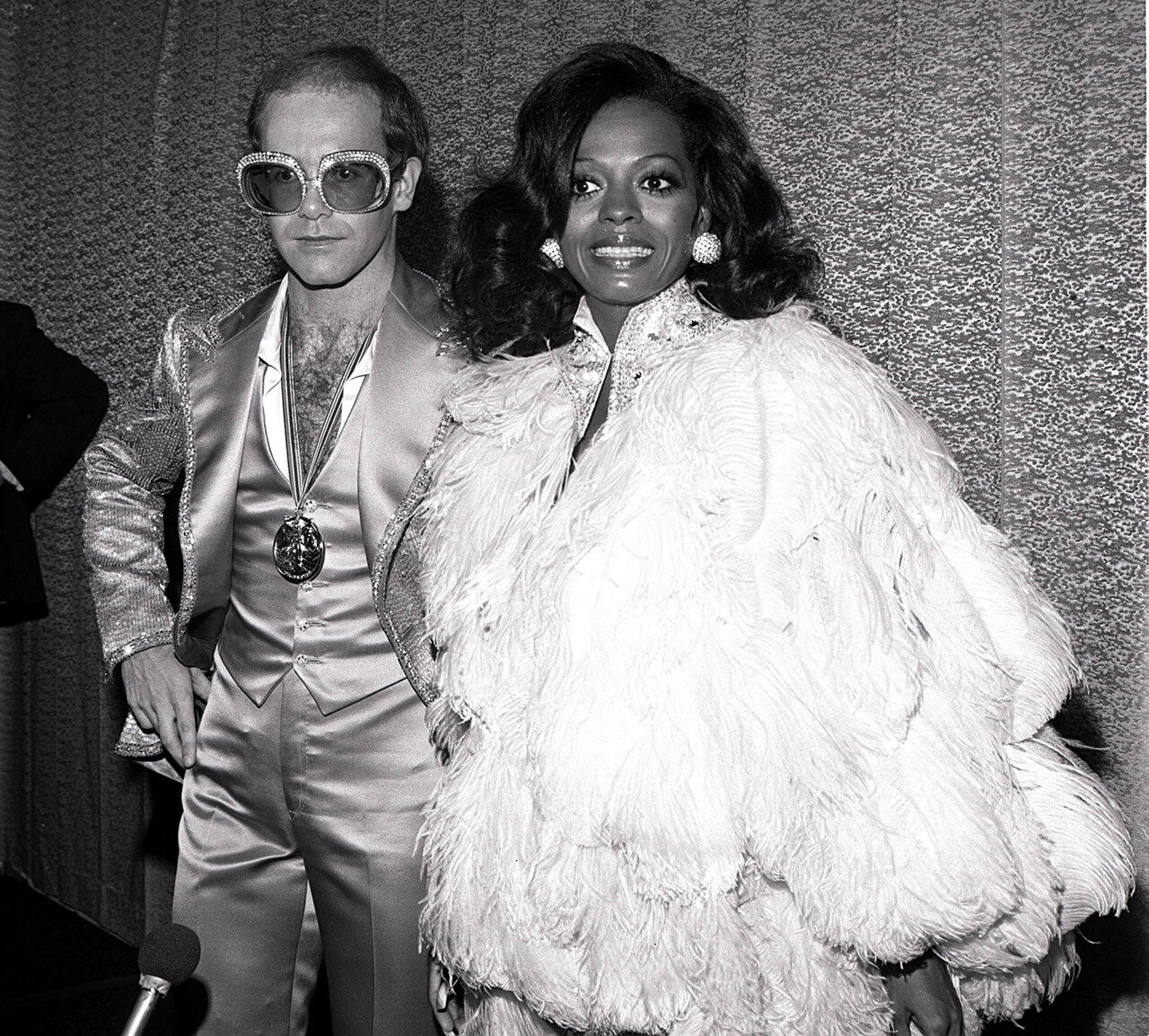
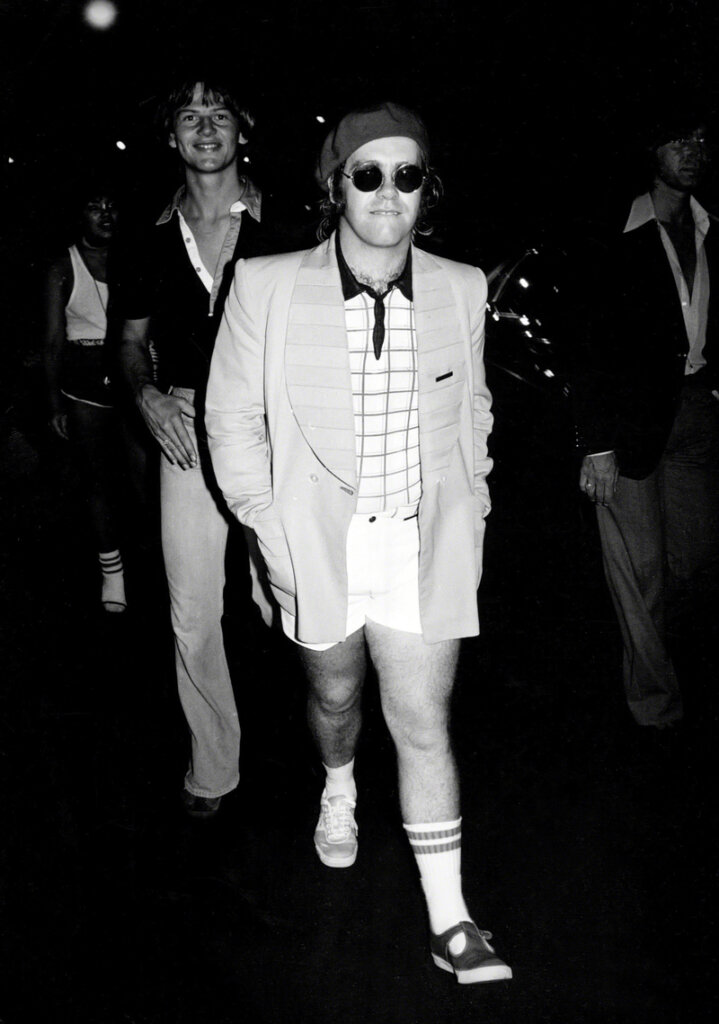
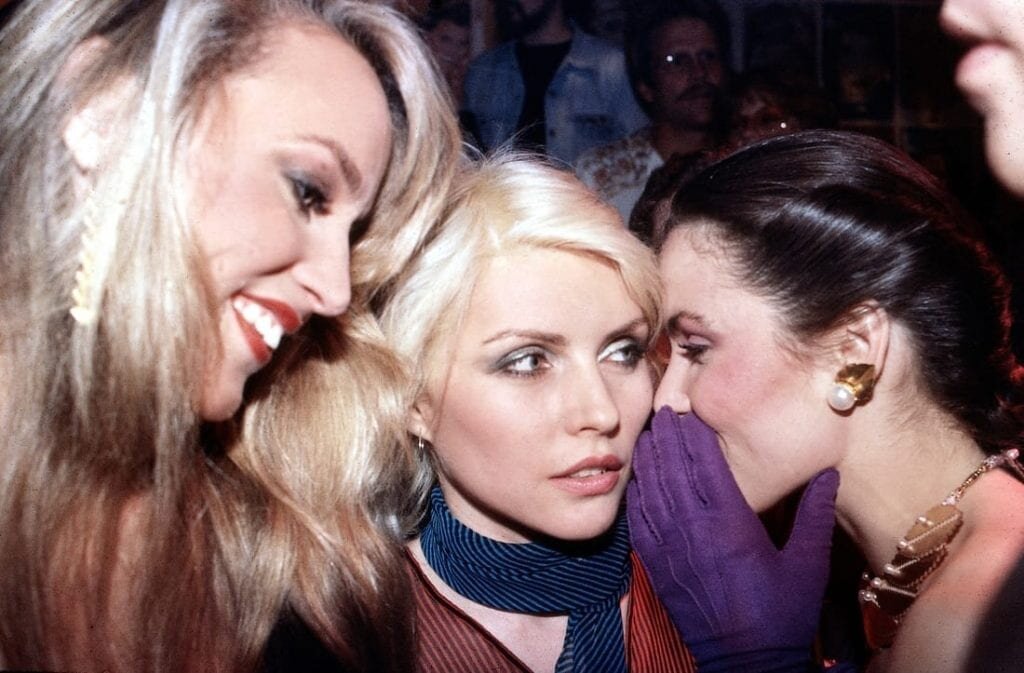
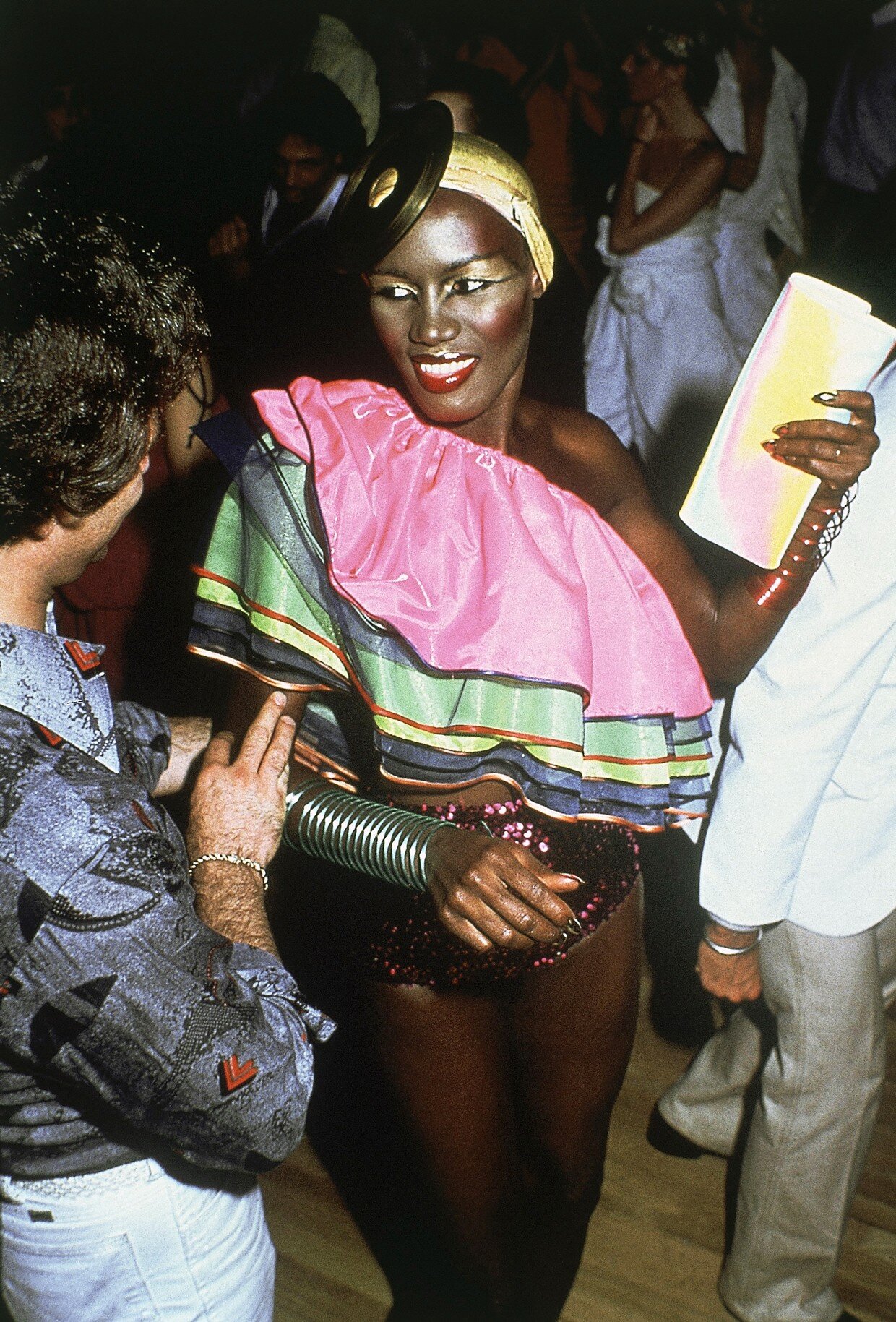
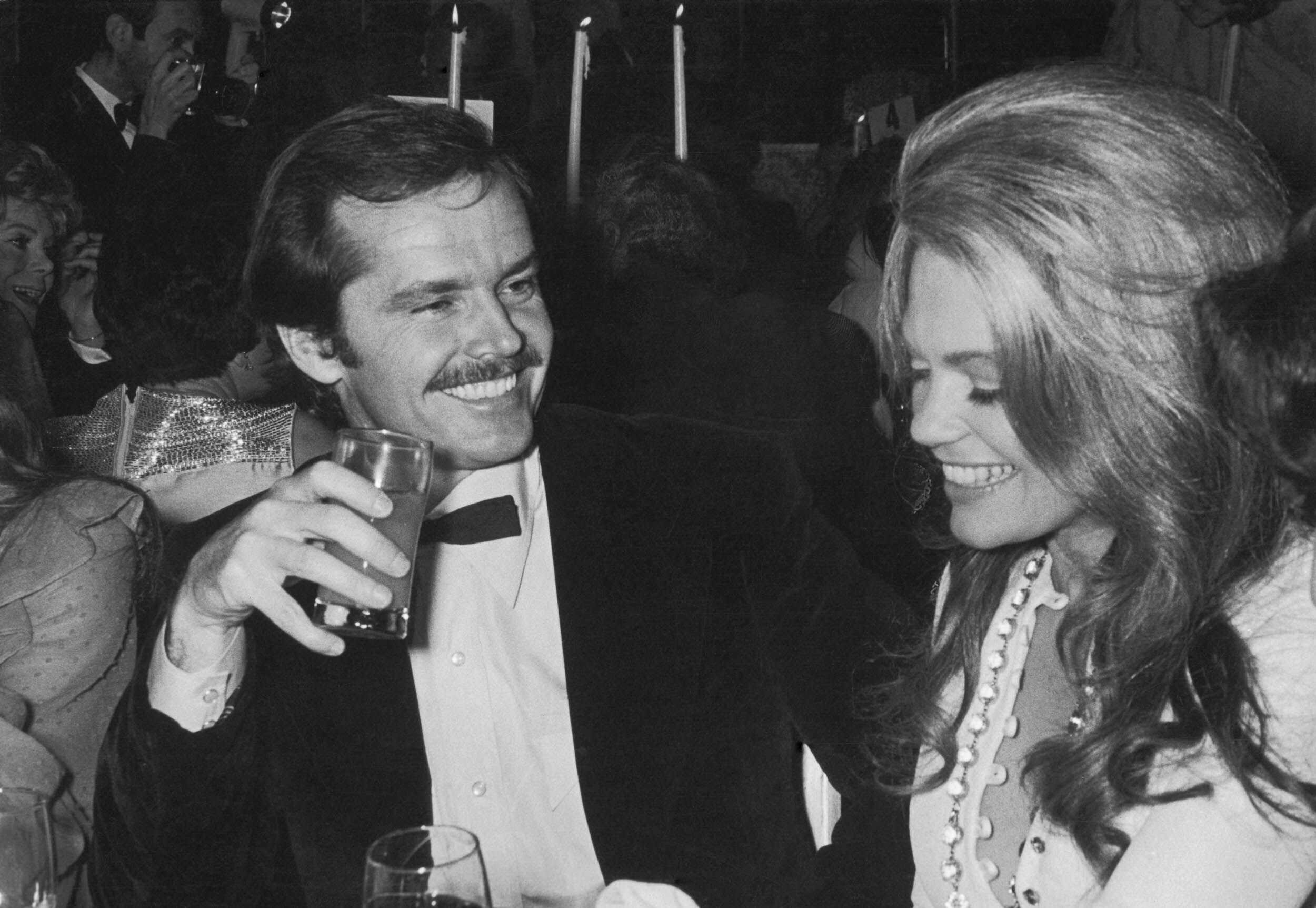
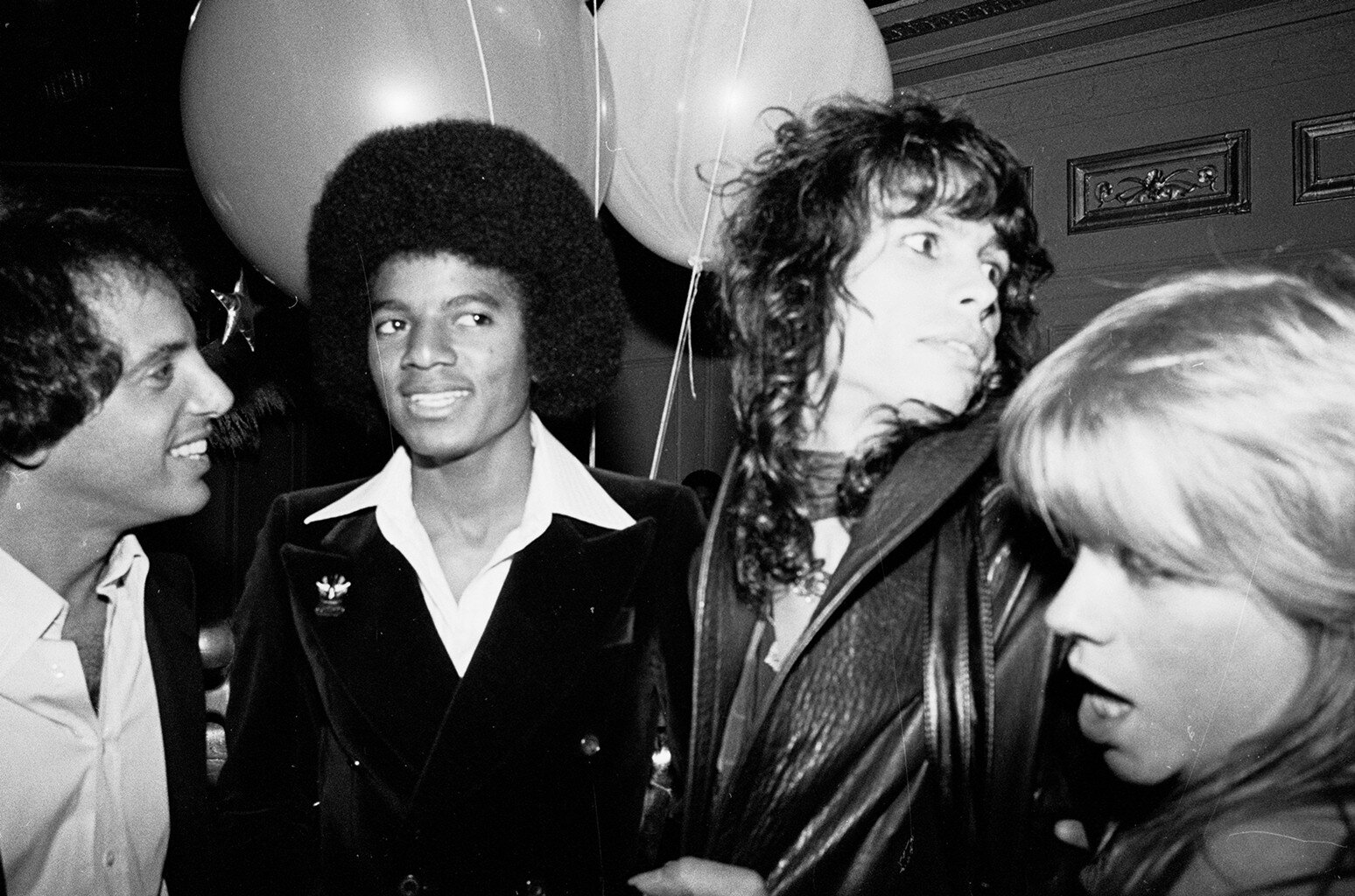
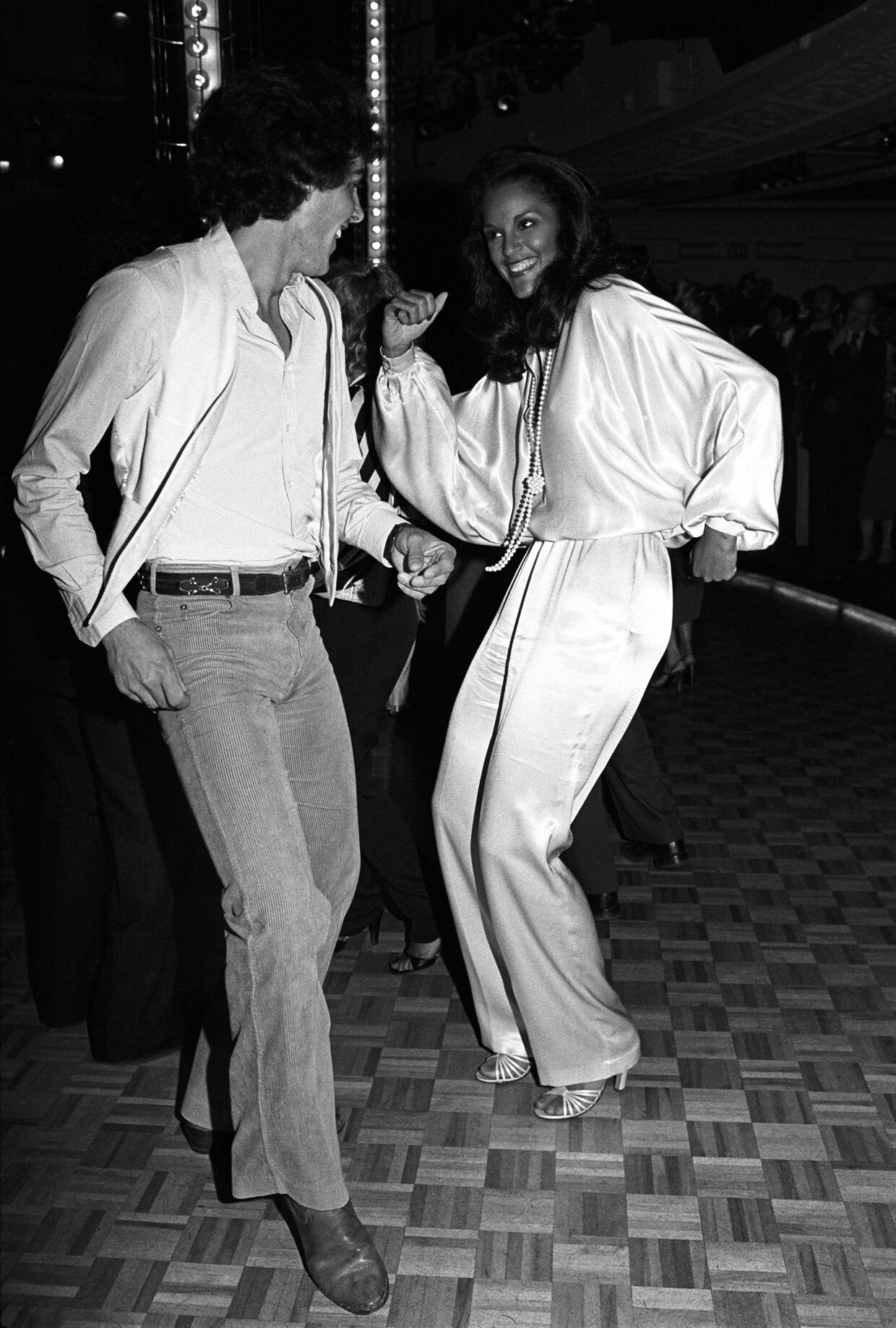




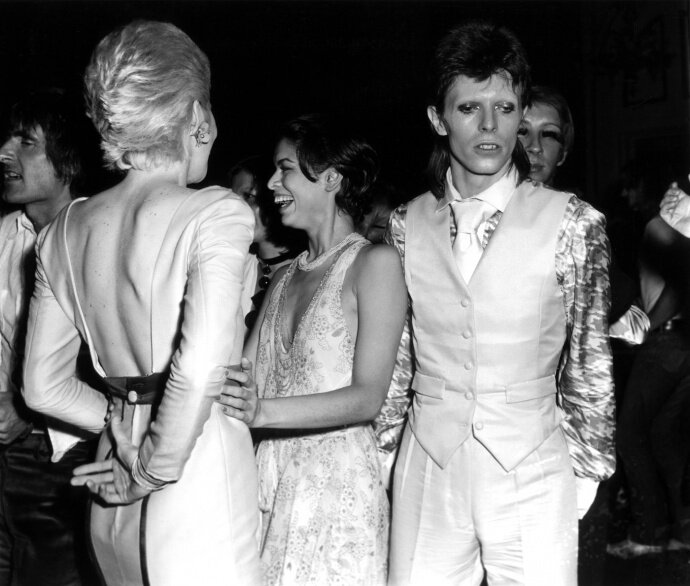
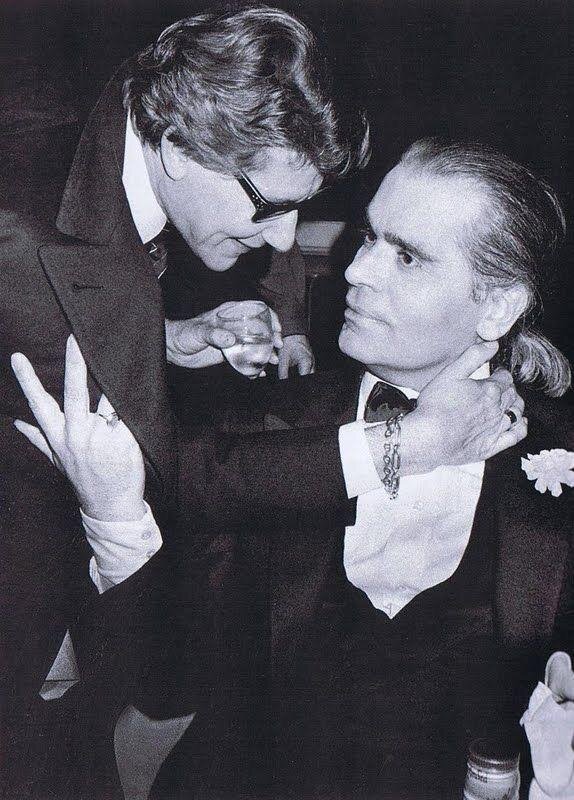
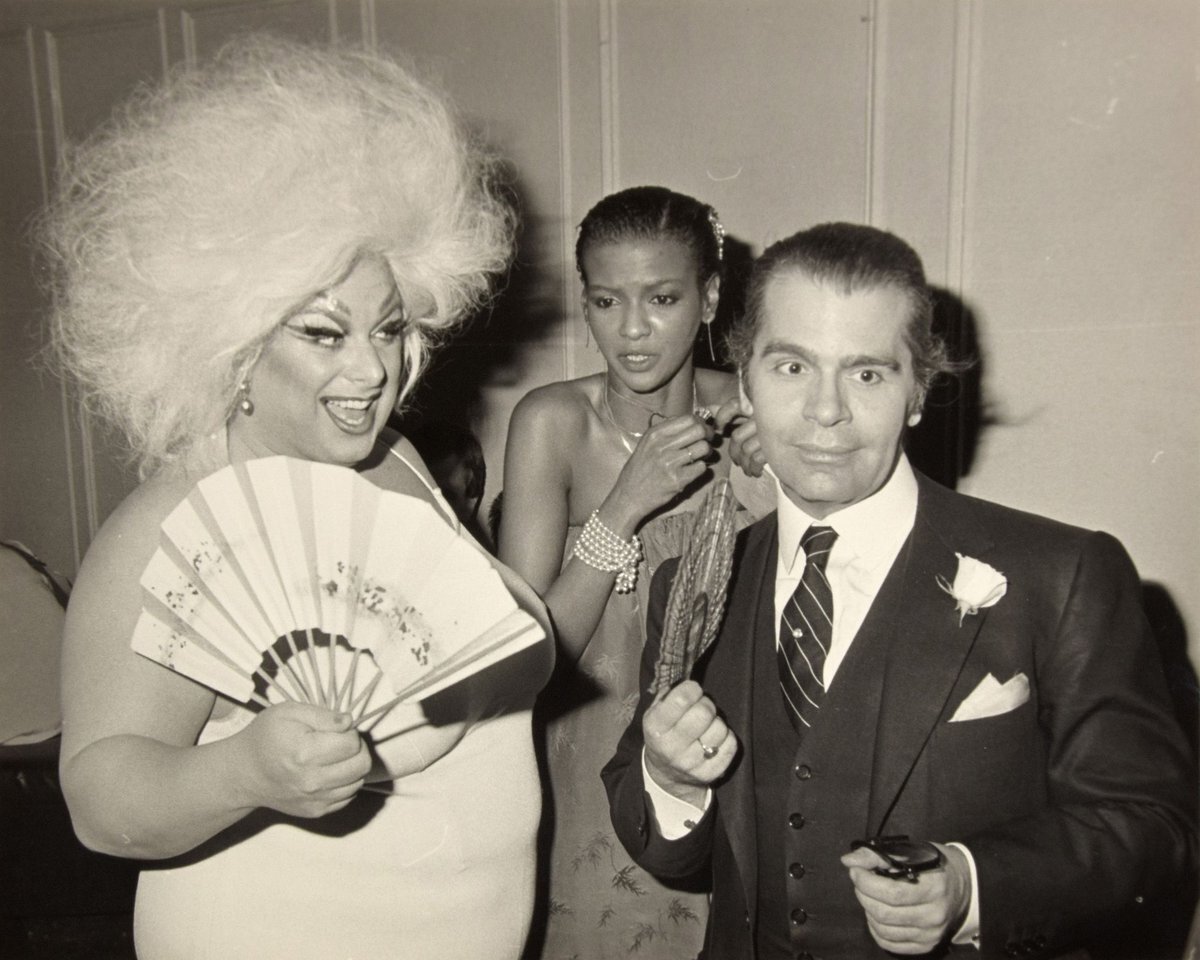
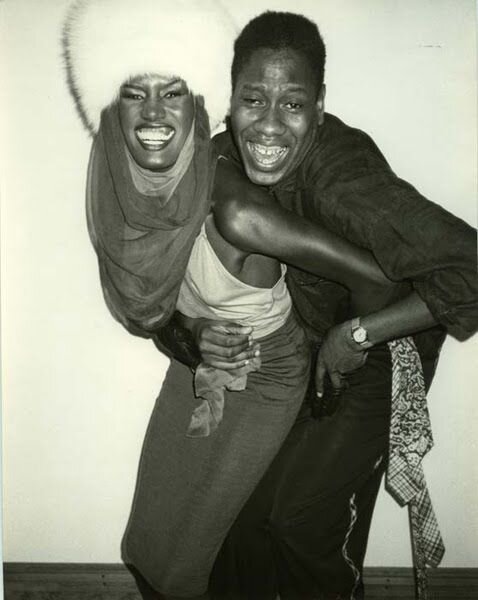

One of the propelling forces that cemented Studio 54 as a cultural hub was the sheer star power that the nightclub attracted. Names such as Andy Warhol, Halston, Bianca Jagger, Truman Capote, Elton John, Donna Summer, and many more became 54 regulars. The eclectic energy and star power of 54 attracted numerous press outlets to spill onto the dancefloor with cameras ready - documenting some of the most obscene and dreamlike debaucheries anyone has ever seen. The amount of press Studio 54 received due to all of these unique elements made it known globally and attracted even more hopefuls to enter through the velvet ropes - as long as you met owner Steve Rubell’s “cool quota”. Rubell was definitely the face of 54 as he was apart of the room’s landscape. Seen schmoozing with the A-List guests in multiple photos, he had the persona that attracted people and kept them coming back a blunt contrast to Ian Schrager, who preferred to be behind the scenes.
Backlash & Closure
Roy Cohn, Ian Schrager, Steve Rubell
While Studio 54 had everything going for it due to the instant success that the club was, it wasn’t without growing pains. Trying to feed the immense amount of success Schrager & Rubell had they faced issues with gaining a legal liquor license and began creating powerful enemies within the IRS who began investigating the nightclub. On December 14th, 1978 - federal agents raided Studio 54 finding remnants of cocaine, quaaludes, and the disco’s very detailed balance sheet records. After making the discovery that Rubell & Schrager had been skimming the profits from 54 and not reporting their entire revenues they were convicted of tax fraud and were sentenced to four years on two counts of income tax evasion, charged with skimming $2.5 million and defrauding the government of $400,000. A huge blow for Rubell and Schrager but also for the club they left behind. The magic was over and the life that once occupied the space shuddered. Rubell & Schrager went to prison on February 4th, 1980, and sold Studio 54 in November of the same year to nightlife connoisseur Mark Fleischman for 4.75 Million. Rubell & Schrager were released in January of 1981 and began their foray into the luxury hotel business.
Steve Rubell
Following their release from prison, Rubell and Schrager were dubbed “The Comeback Kids” in a 1985 issue of New York Magazine after the grand opening of their first nightlife venture since 54 - Palladium. Stepping into the limelight for the first time, Schrager began to build his brand in the luxury hotel business alongside Rubell. Using their keen eye for interior design and their deep understanding of subcultures, the duo paved the way for a new type of nightlife venue. Through the renovation and transformation of abandoned and forgotten spaces into destination stops for the “it-crowd”, they largely invented the idea of the “boutique hotel.” While they enjoyed newfound success in the ‘80s, the end of the decade marked a tragic loss as Steve Rubell passed away on July 25th, 1989 due to complications related to AIDS. Rubell is still considered one of the most innovative and important nightlife personalities in the history of New York and the world. He was one of the key features that made Studio 54 a success and his untimely death was not taken lightly as many celebrities and influential people attended his funeral. Rubell’s death was tough for Schrager because the two were as close as brothers and had built their careers together. After Rubell’s death, Schrager continued to work and innovate the luxury hotel business by creating the Ian Schrager Company in 2005 which led to a vast array of residential, hotel, and lifestyle ventures.
Legacy & Ian Schrager
The name Ian Schrager continues to carry weight in New York City as well as major cities around the world. I remember when I first moved here and was taking an Uber down the West Side Highway and passed a large modern-looking building that read “Ian Schrager Company.” Little did I know at the time that Schrager was largely responsible for all of my favorite nightlife spots in the city such as Rose Bar & Public Hotel. Schrager was a name that kept popping up at all of the places I identified with. In 2003, Schrager along with hotelier Aby Rosen purchased Gramercy Park Hotel - one of my favorite places in the city due to its rich rock n' roll history and luxurious interior design. The major renovations that ensued made Gramercy Park Hotel one of the premier boutique hotels attached to the Schrager brand. Rose Bar in Gramercy Park Hotel was one of my favorite nightclubs in the city pre-pandemic and it was because of the design and groundwork that Schrager laid. In addition to Gramercy Park, Schrager’s firm constructed residential buildings with the help of Swiss design firm Herzog and de Meuron, has a partnership with Marriott International with the Edition Hotels, and owns Schrager’s most recent project Public Hotels. Schrager has built his brand over the years by yielding his unique taste level and his ability to speak across generations. The same core features made Studio 54 such a success but it was yet another launching pad for Schrager.
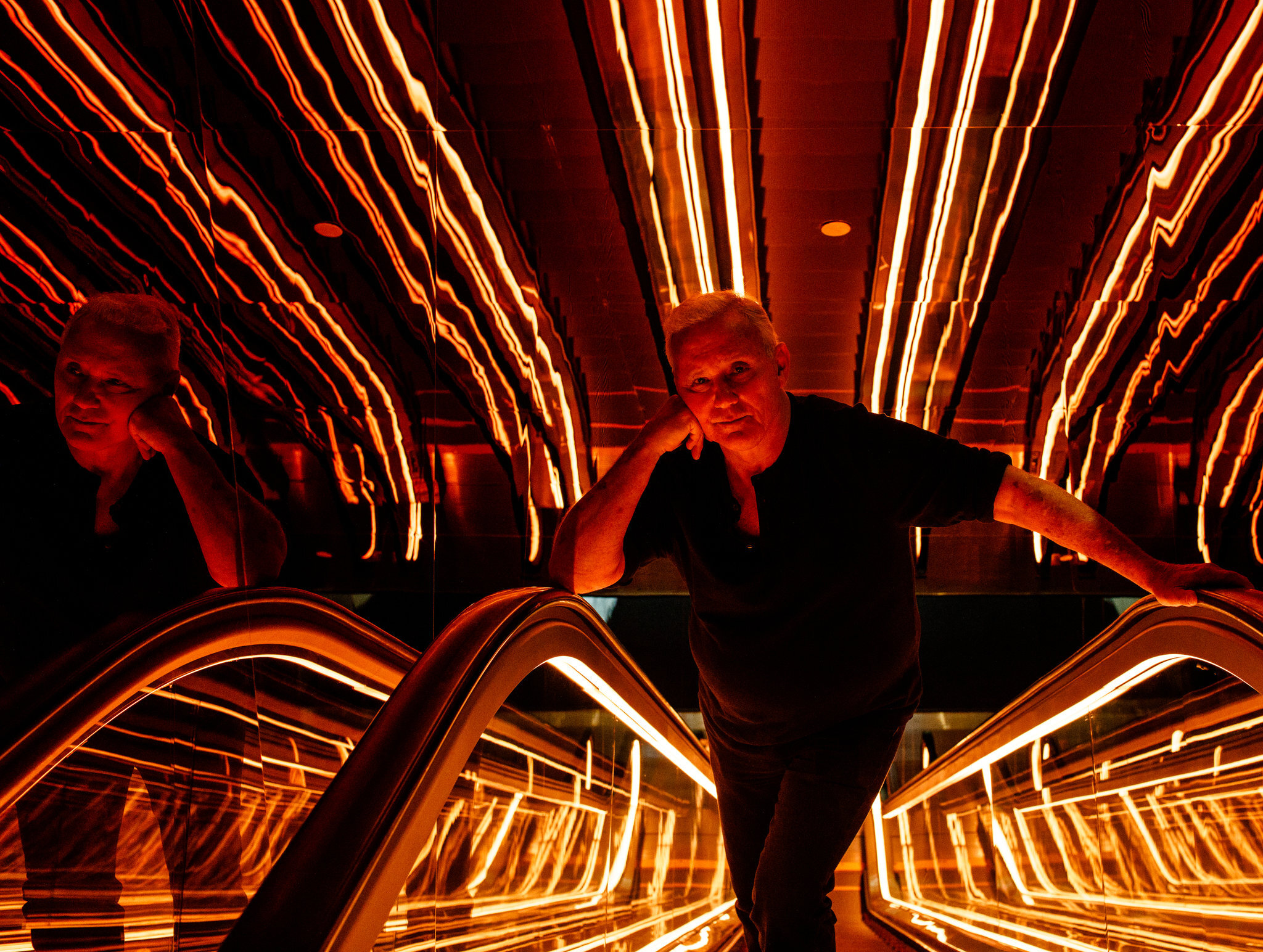



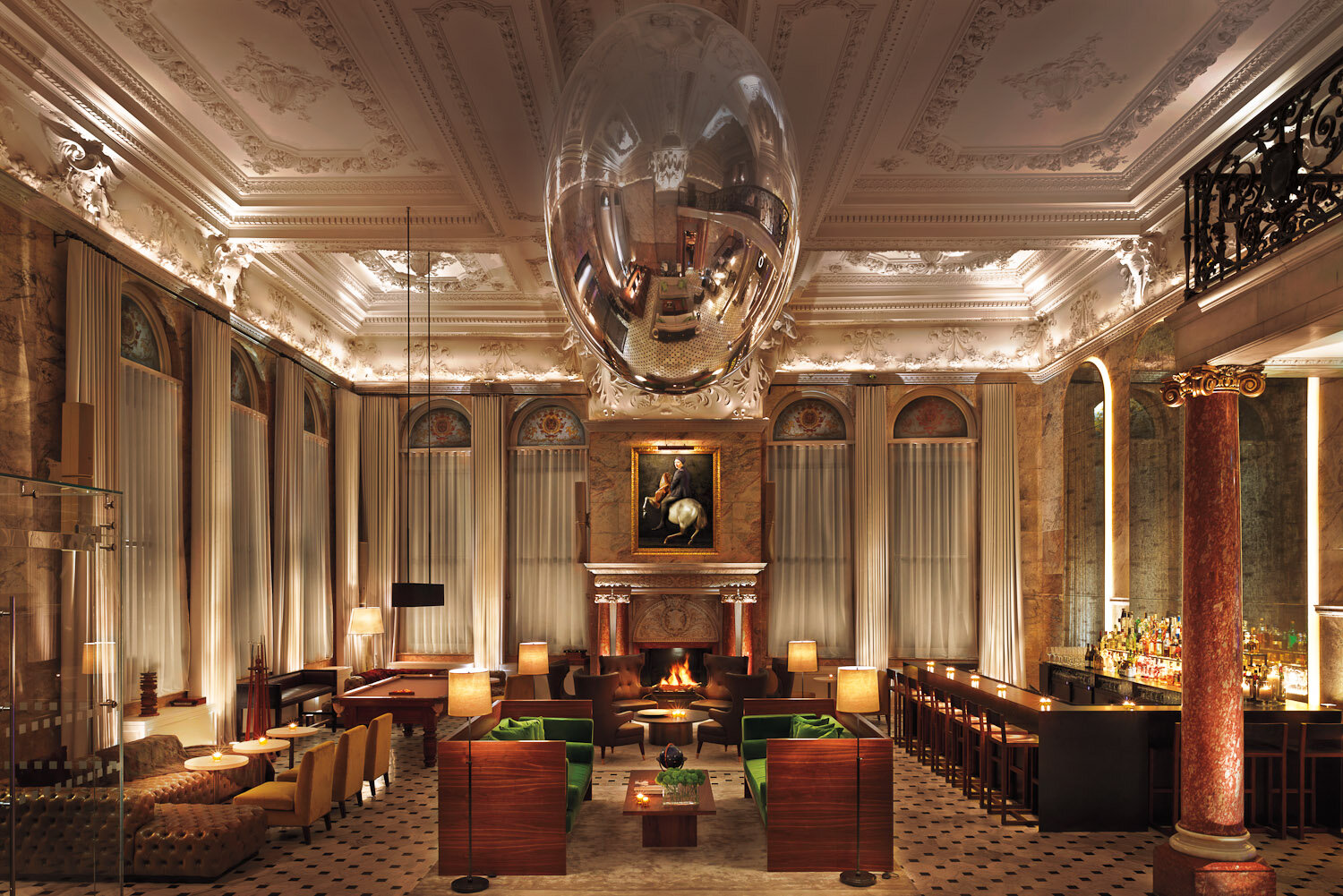
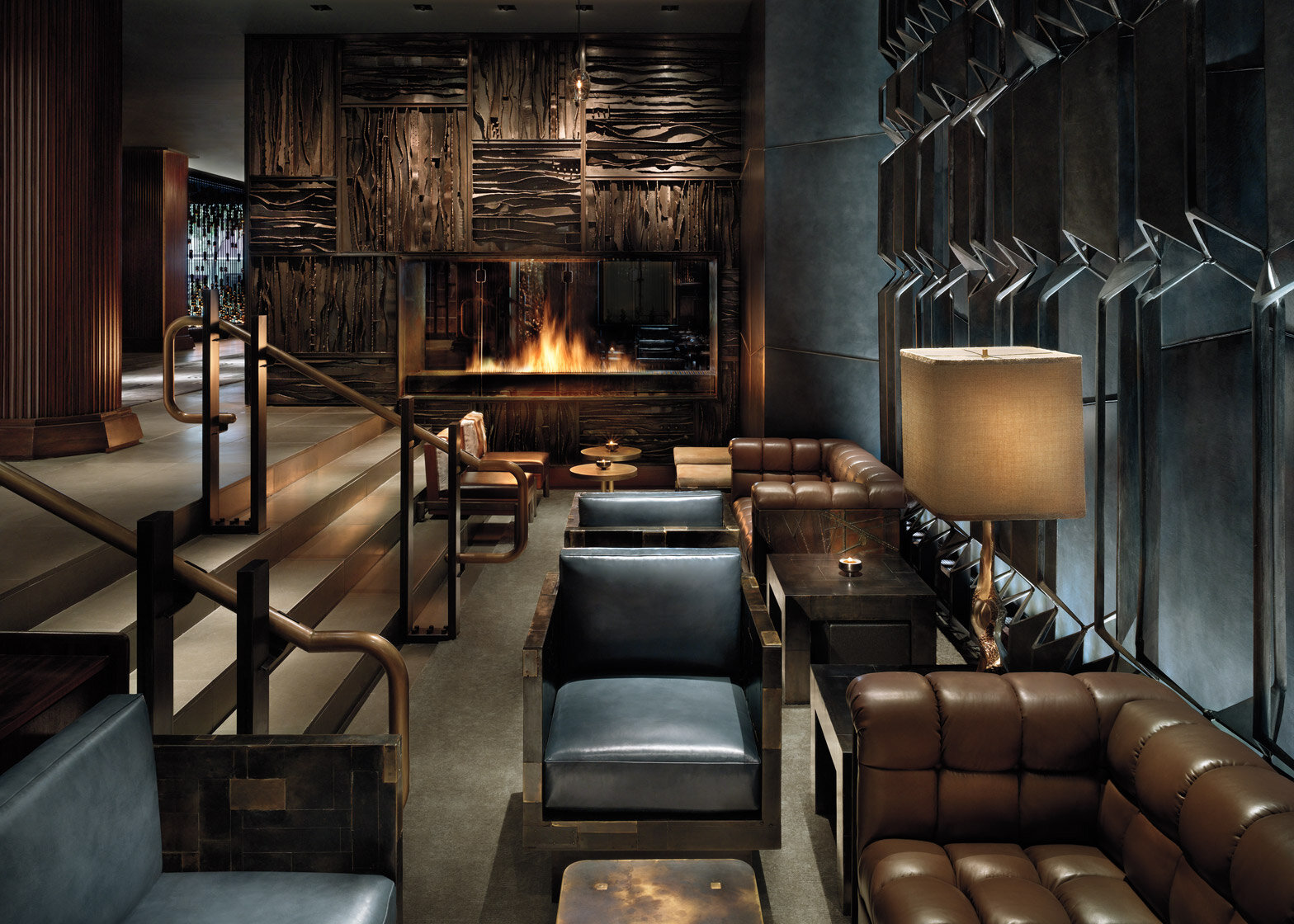
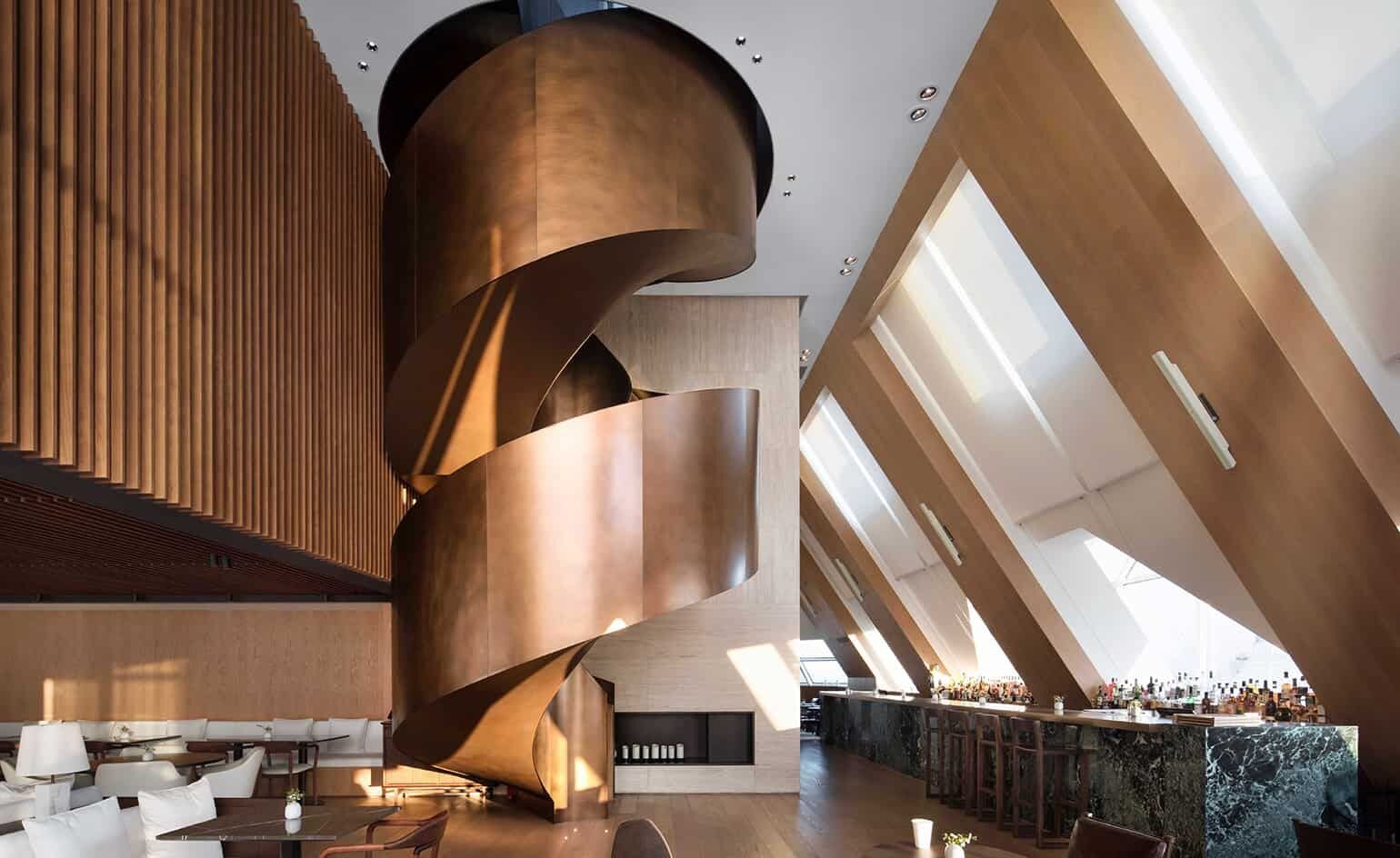


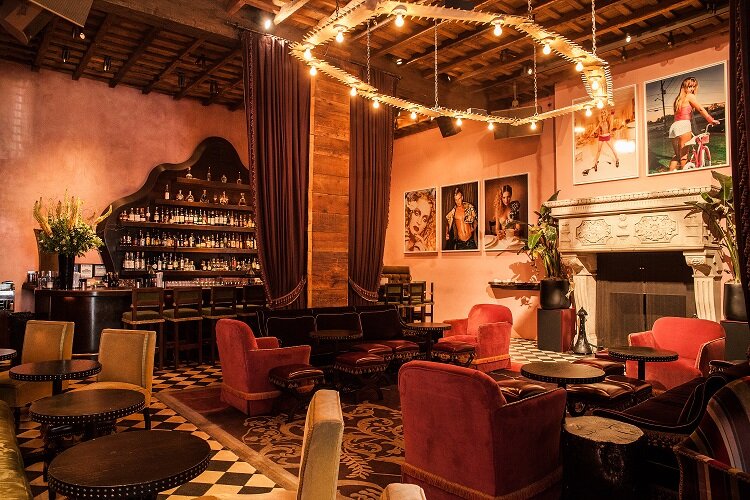


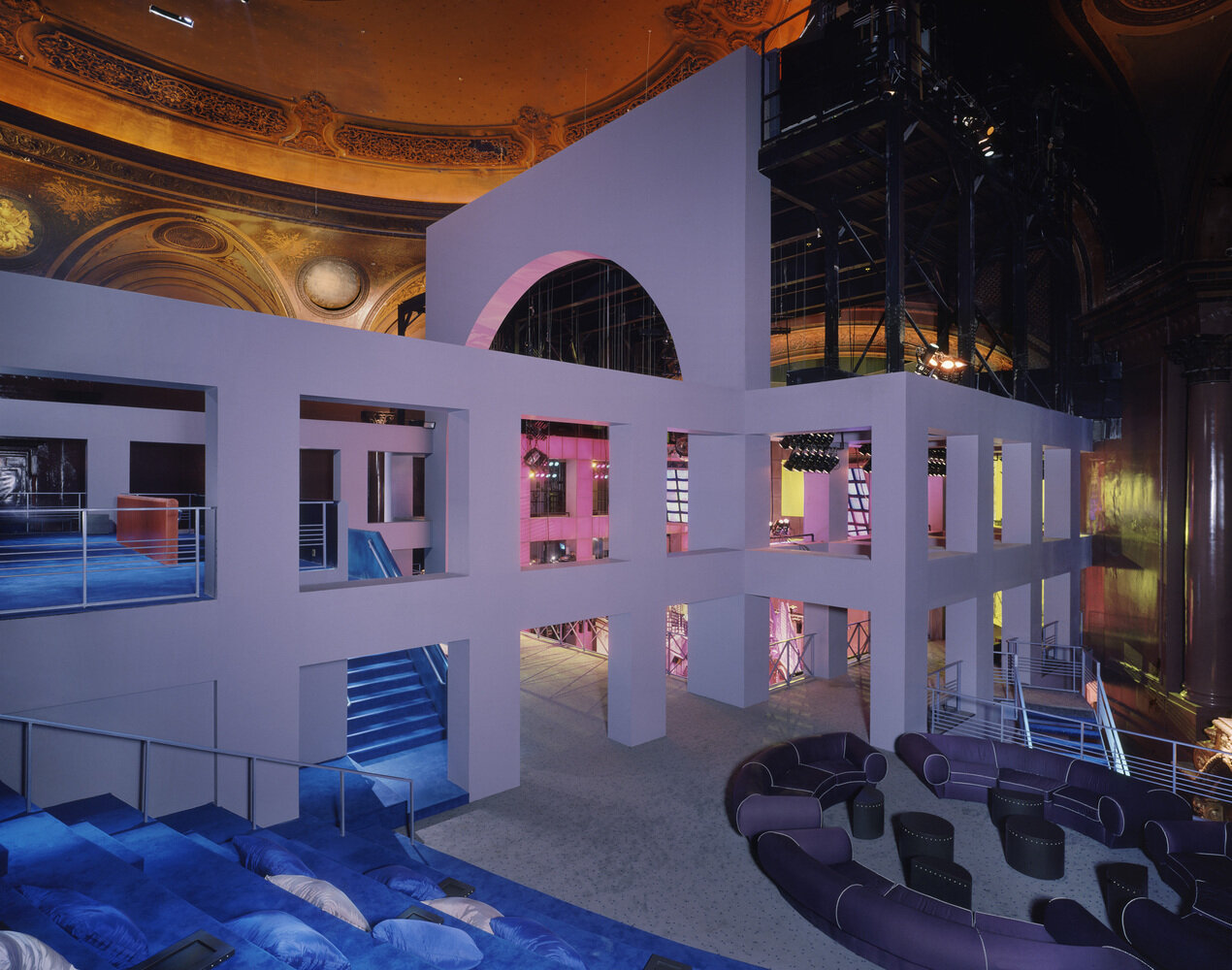
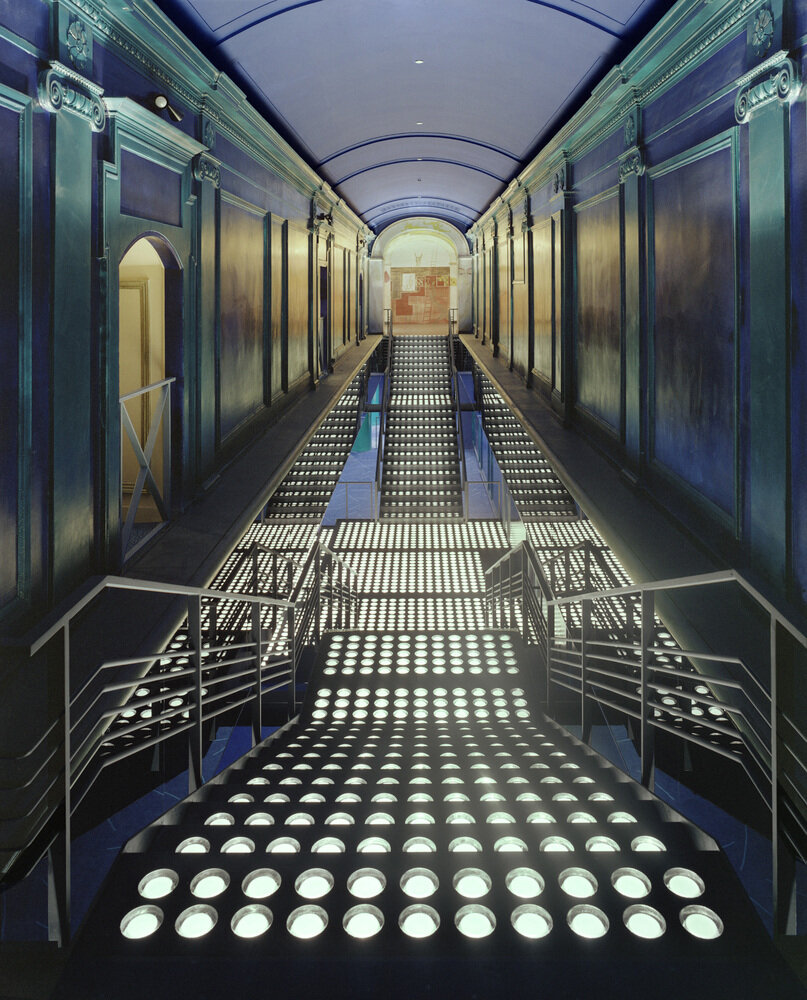
Although Studio 54 has been closed for nearly 40 years its influence and cultural importance remain at the forefront of modern culture. The blending of cultures and sense of acceptance that Studio 54 embraced set that stage for what nightlife looks like today. Rubell and Schrager changed nightlife for the foreseeable future. Their innovations and ability to provide a truly unique and eclectic experience have made their influence speak across generations to the present day. While nightlife has been nonexistent since the global pandemic started (unless you live in Miami), thousands of nightclubs have sat idle and abandoned. For those who weren’t able to survive - we thank you for all of the great memories and blurry nights. The fond memories and experiences will live long after a club closes its doors for good - 54 is a true testament to that sentiment. We look forward to embracing nightlife once more once it’s safe to do so and who knows maybe there will be a little Studio 54 magic that will return to New York City and the world in the coming years.
Ian Schrager


